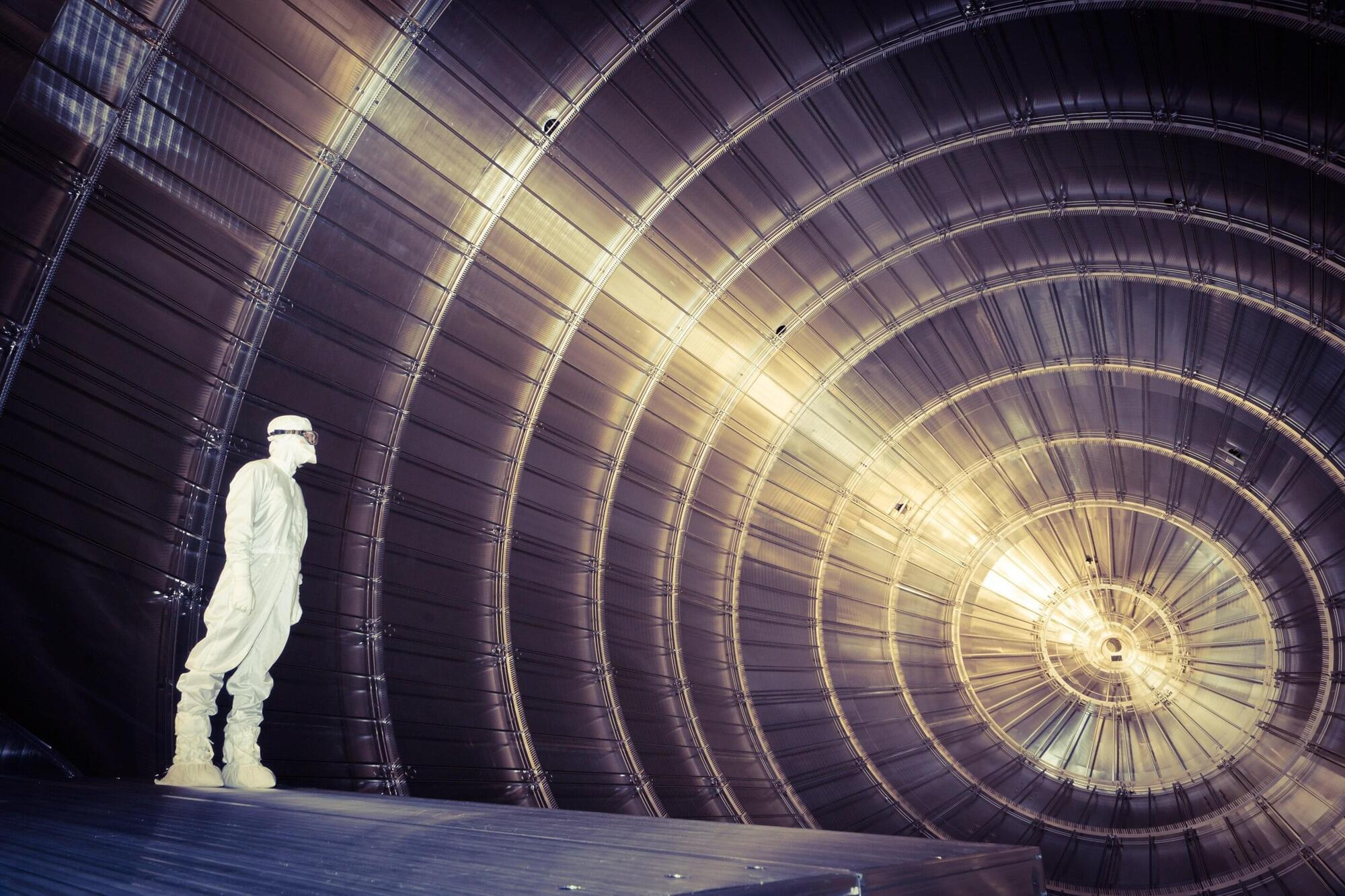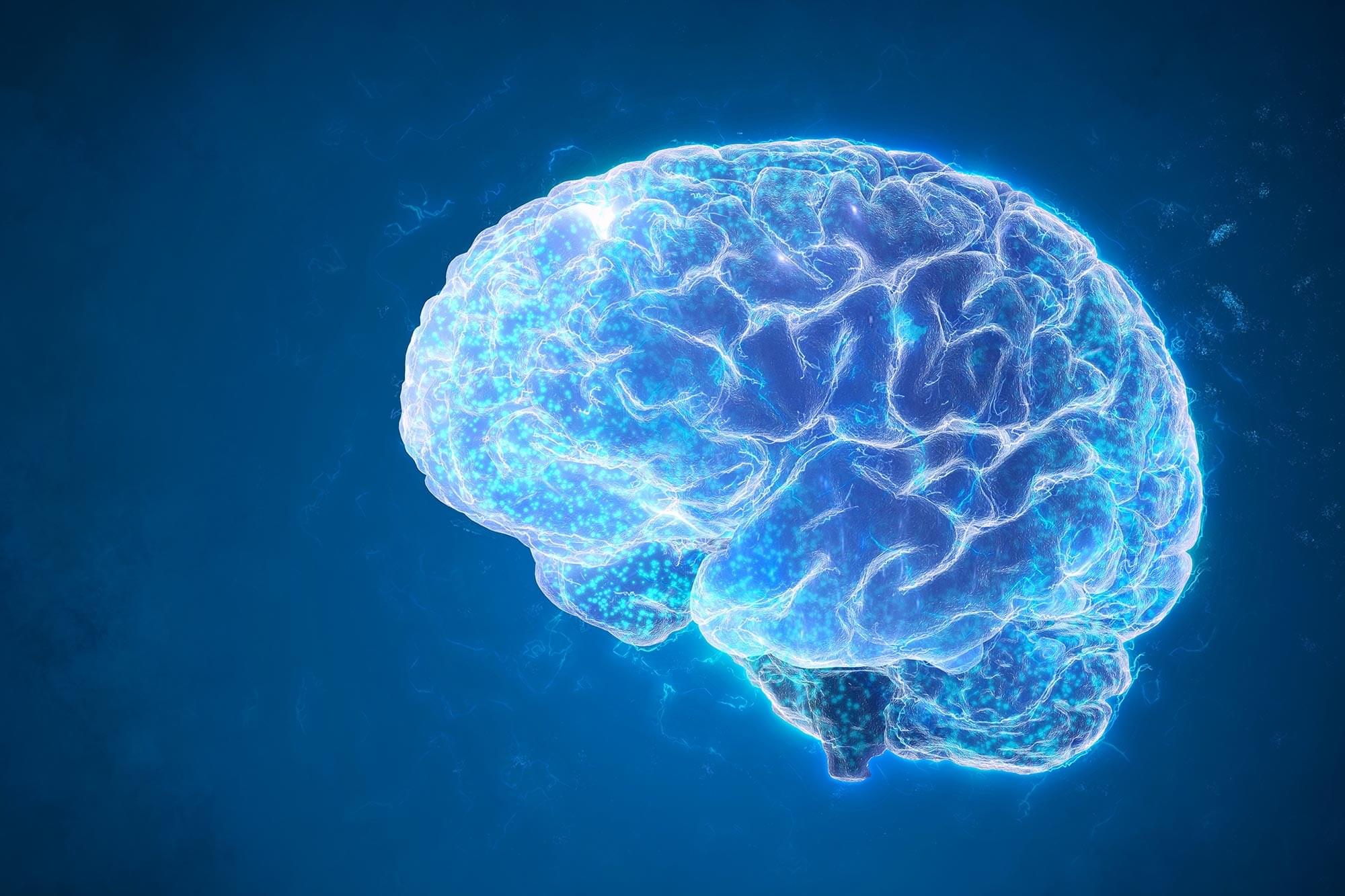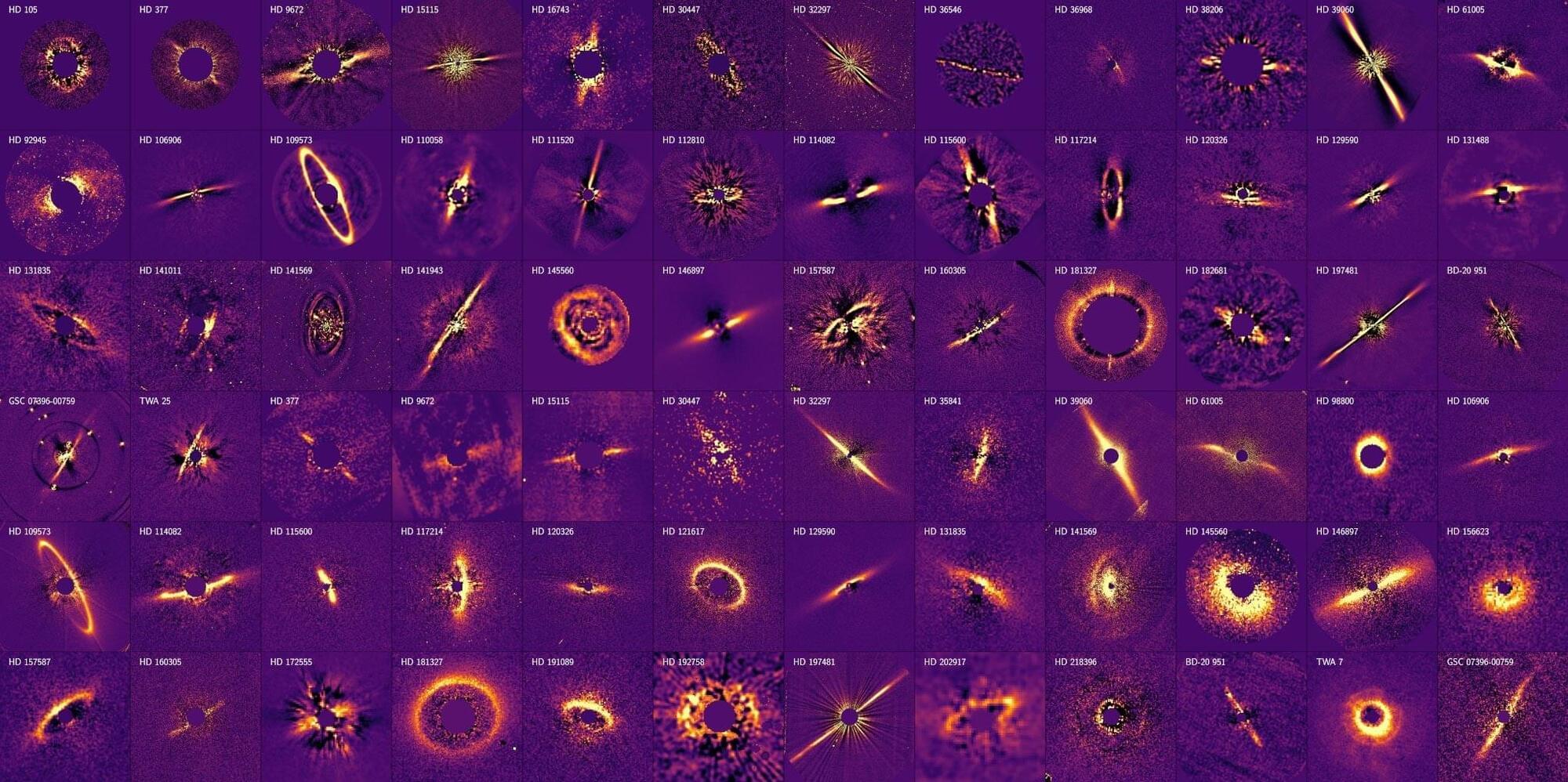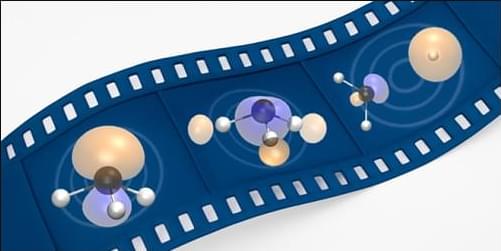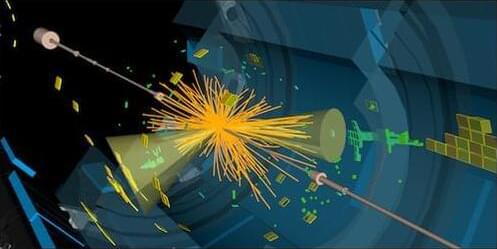Measurements of the decay of the Higgs boson into muon–antimuon pairs provide evidence for the mechanism by which quarks and leptons acquire their mass.
The most basic bits of matter that we have found are quarks and leptons, which we idealize as point-like objects with no internal structure and no measurable size (experiments constrain their sizes to below an attometer, a billionth of a billionth of a meter). The quarks, which experience strong, weak, and electromagnetic interactions, come in six flavors: up and down (the constituents of the proton and neutron), charm and strange, and top and bottom. The charged leptons—electron, muon, and tau—experience weak and electromagnetic interactions, while the neutral leptons—the three neutrinos—feel only the weak interactions. The masses of the quarks and charged leptons span more than 5 orders of magnitude: The top-quark mass is nearly 340,000 times that of the electron.
